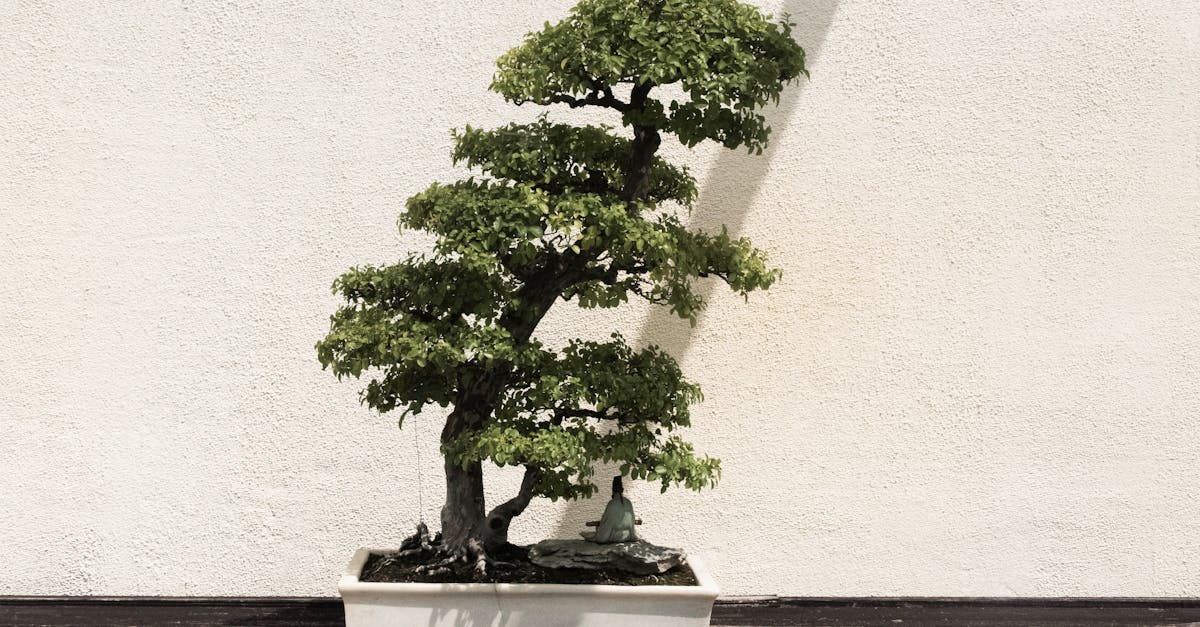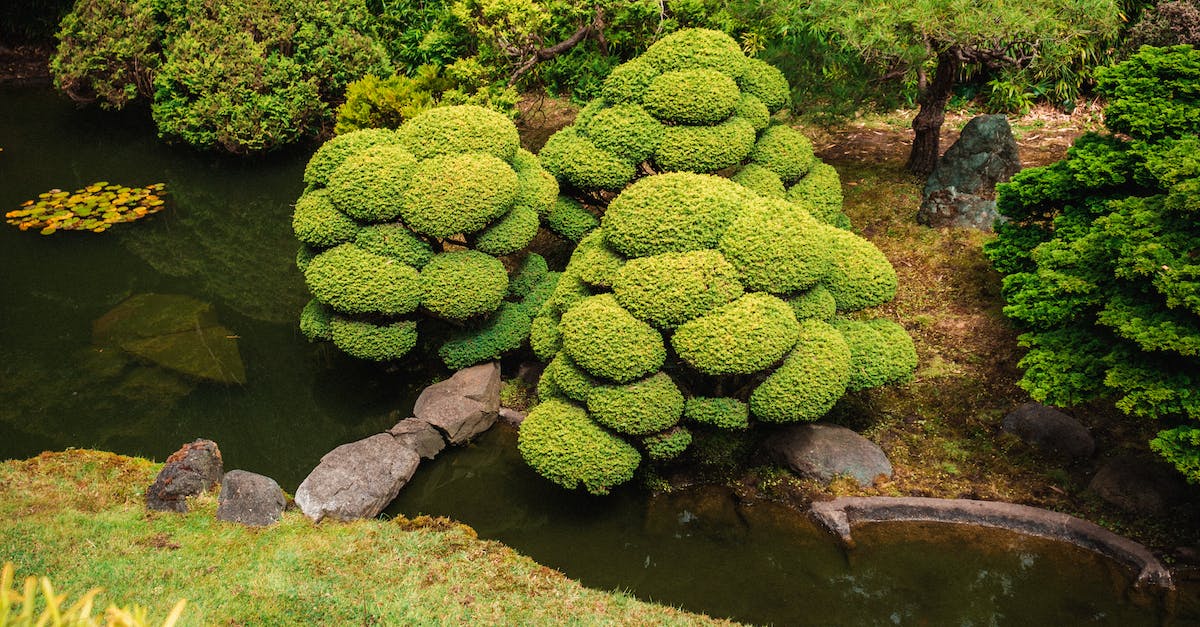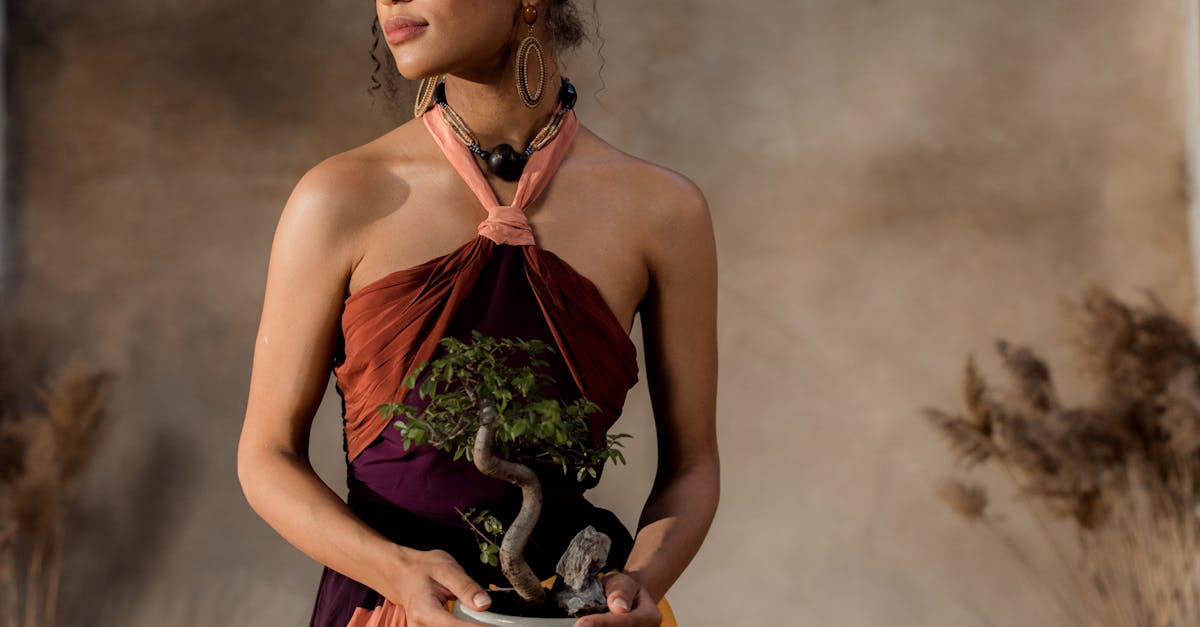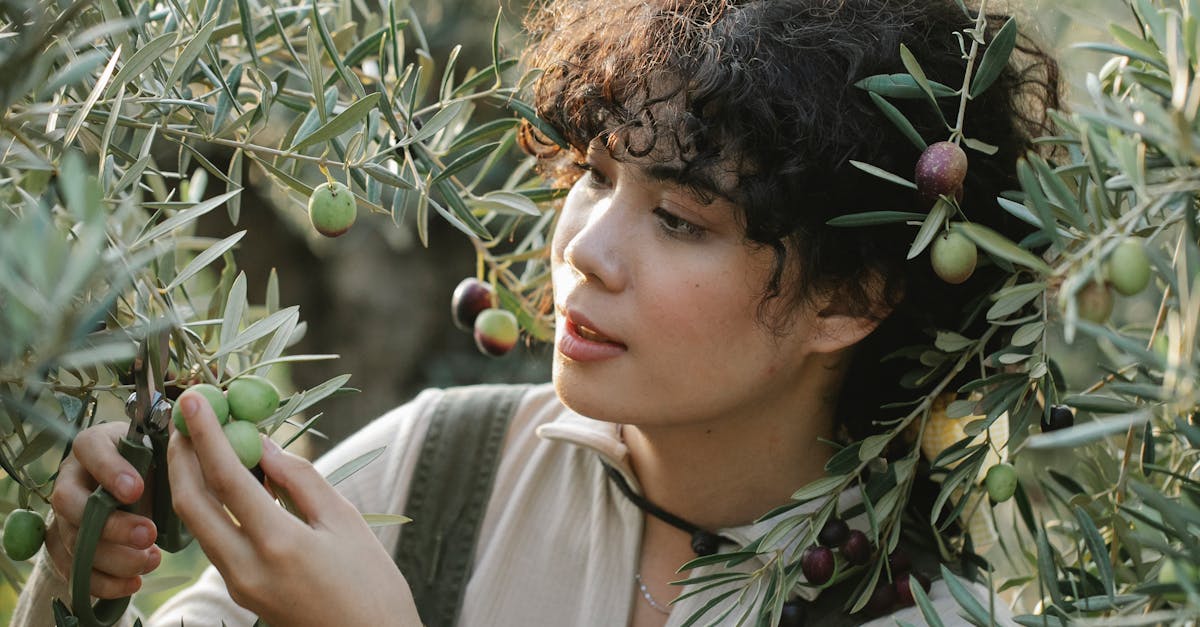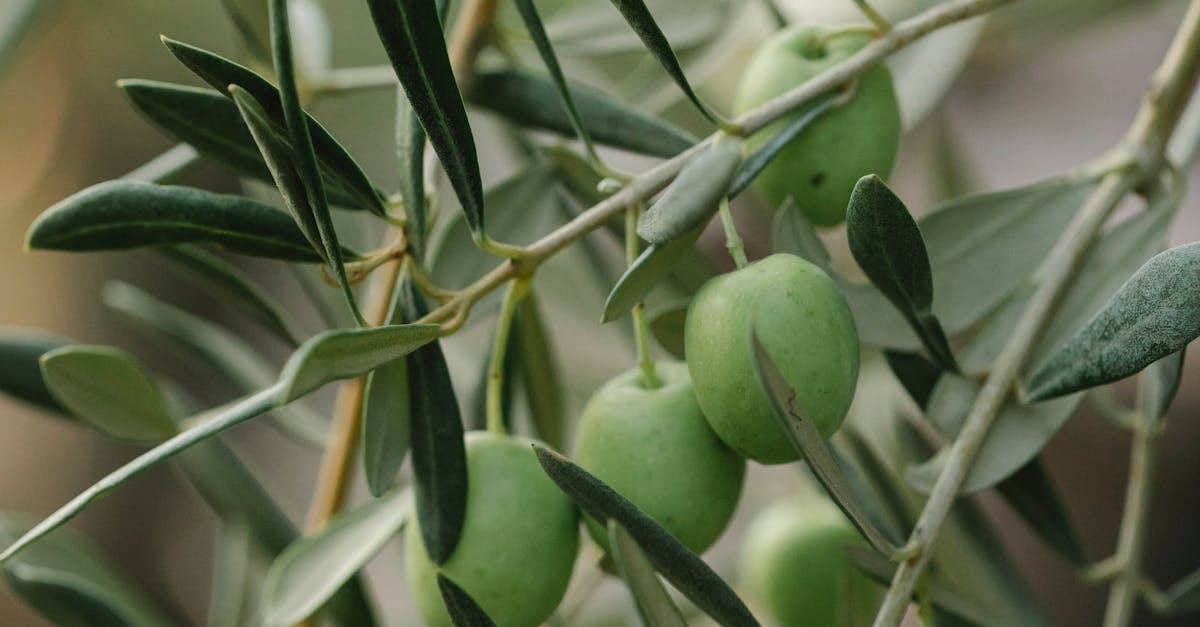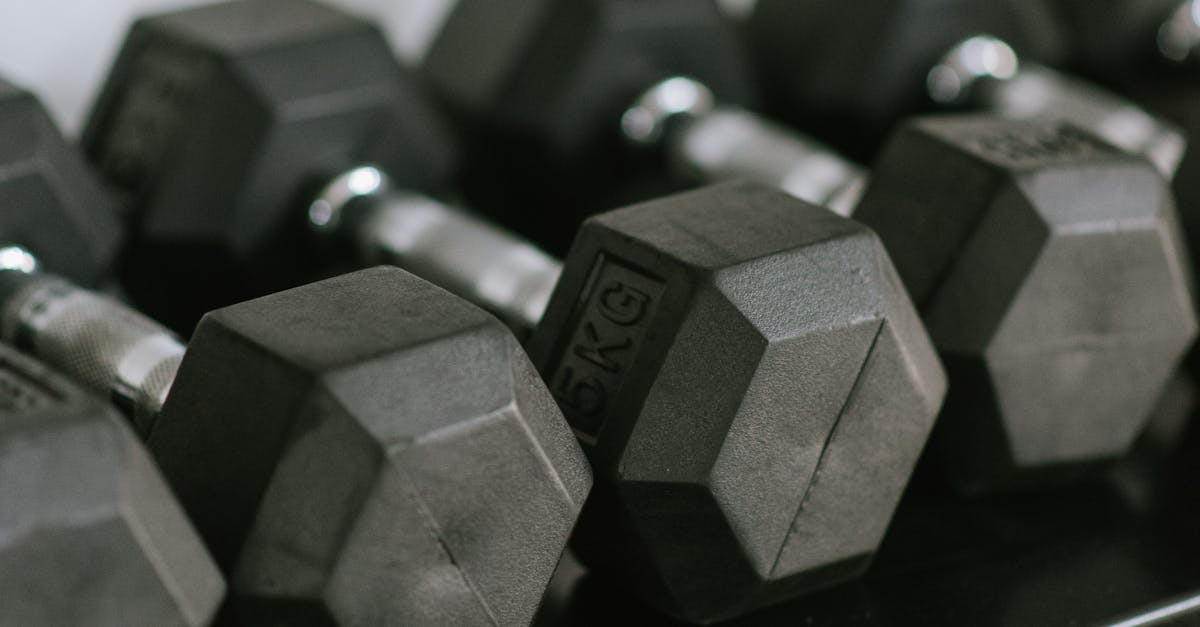Cultivating Prosperity and Artistic Expression: A Journey into the World of Money Tree Bonsai
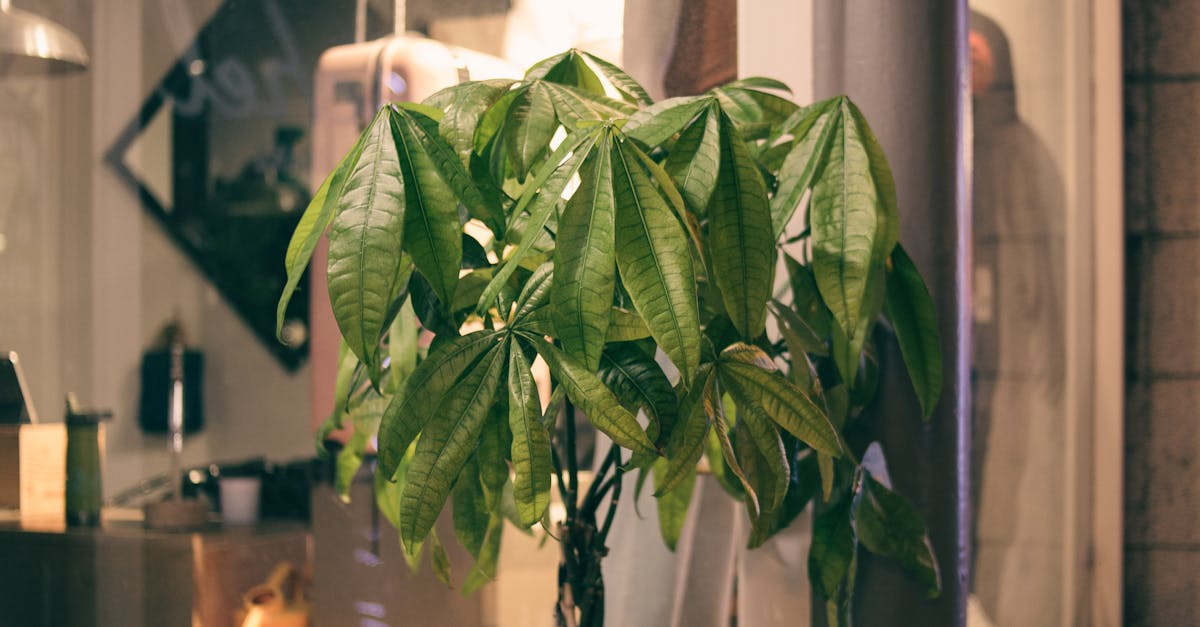
Unveiling the Art of Money Tree Bonsai: A Guide to Care, Styling, and Cultural Significance
The Pachira Aquatica is a unique and captivating tree, often cultivated as a bonsai, and commonly known as the Money Tree Bonsai. This enchanting miniature tree not only adds a touch of elegance to any space but also holds profound cultural significance. Originating from South and Central America, it has been revered for centuries, symbolizing prosperity, good fortune, and abundance. Its charming braided trunk and lush foliage make it an eye-catching centerpiece in any home or office decor.
Our comprehensive guide will delve into the captivating world of the Money Tree Bonsai, providing you with the knowledge and techniques to nurture, style, and create a thriving miniature masterpiece. We will explore its botanical origins, cultural symbolism, and essential care practices, empowering you to cultivate a magnificent and healthy bonsai. Additionally, we will guide you through advanced styling techniques, troubleshooting common issues, and provide valuable resources to support your bonsai journey.
1. Introduction to the Money Tree Bonsai
Introduction to the Money Tree Bonsai: Explore the Origins, Symbolism, and Unique Characteristics of the Pachira Aquatica as a Bonsai Subject
The Money Tree Bonsai, also known as the Pachira Aquatica, is a captivating and unique miniature tree that has gained immense popularity in recent years. Originating from the tropical regions of South and Central America, this charming plant has become a beloved choice for bonsai enthusiasts due to its adaptability, resilience, and profound cultural significance.
In many cultures, the Money Tree Bonsai is revered as a symbol of prosperity, good fortune, and abundance. Its lush, vibrant foliage is believed to attract positive energy and wealth. The braided trunk, a distinctive characteristic of this bonsai, represents unity, strength, and interconnectedness. Its presence in homes and offices is said to bring financial success and overall well-being.
As a bonsai subject, the Pachira Aquatica is highly valued for its adaptability and ease of care. Its resilience makes it suitable for both beginners and experienced bonsai enthusiasts. With its ability to thrive in various indoor environments, it can bring a touch of nature and tranquility to any space. Whether displayed as a solitary specimen or incorporated into a larger bonsai collection, the Money Tree Bonsai adds a touch of elegance and prosperity to its surroundings.
Botanical Classification and Origin
Botanical Classification and Origin: Learn about the scientific classification and geographical distribution of the Pachira Aquatica
The Pachira Aquatica, commonly known as the Money Tree or Guiana Chestnut, belongs to the Malvaceae family, a diverse group of flowering plants that also includes hibiscus, cotton, and okra. It is native to the tropical regions of Central and South America, including countries such as Brazil, Bolivia, Peru, and Venezuela.
Scientifically classified as Pachira aquatica, this species is characterized by its unique growth habit and distinctive physical features. In its natural habitat, it can grow as a large evergreen tree, reaching heights of up to 60 feet. However, when cultivated as a bonsai, it is typically maintained at a much smaller size, making it suitable for indoor display.
The Pachira Aquatica is known for its adaptability and resilience, thriving in various environmental conditions. It prefers warm, humid climates but can tolerate a wide range of temperatures and lighting conditions. Its adaptability makes it a popular choice for both indoor and outdoor bonsai cultivation.
Cultural Significance and Symbolism
Cultural Significance and Symbolism: Discover the cultural significance and symbolism associated with the Money Tree Bonsai in different parts of the world
The Money Tree Bonsai holds profound cultural significance and symbolism in various parts of the world, particularly in Asian cultures. In China, it is known as the “money tree” and is believed to bring prosperity, good fortune, and abundance to its owner. It is often gifted during special occasions, such as the Lunar New Year, as a symbol of well wishes and financial success.
In Japan, the Money Tree Bonsai is known as the “pachira” and is associated with good luck and happiness. It is often placed in homes and businesses to attract positive energy and create a harmonious environment. The braided trunk of the pachira is said to represent the unity and interconnectedness of family and friends.
In other cultures, the Money Tree Bonsai is also seen as a symbol of strength, resilience, and longevity. Its ability to thrive in various conditions makes it a metaphor for overcoming challenges and achieving prosperity. Additionally, its evergreen foliage represents the cycle of life and the hope for continued growth and abundance.
2. Care and Cultivation of the Money Tree Bonsai
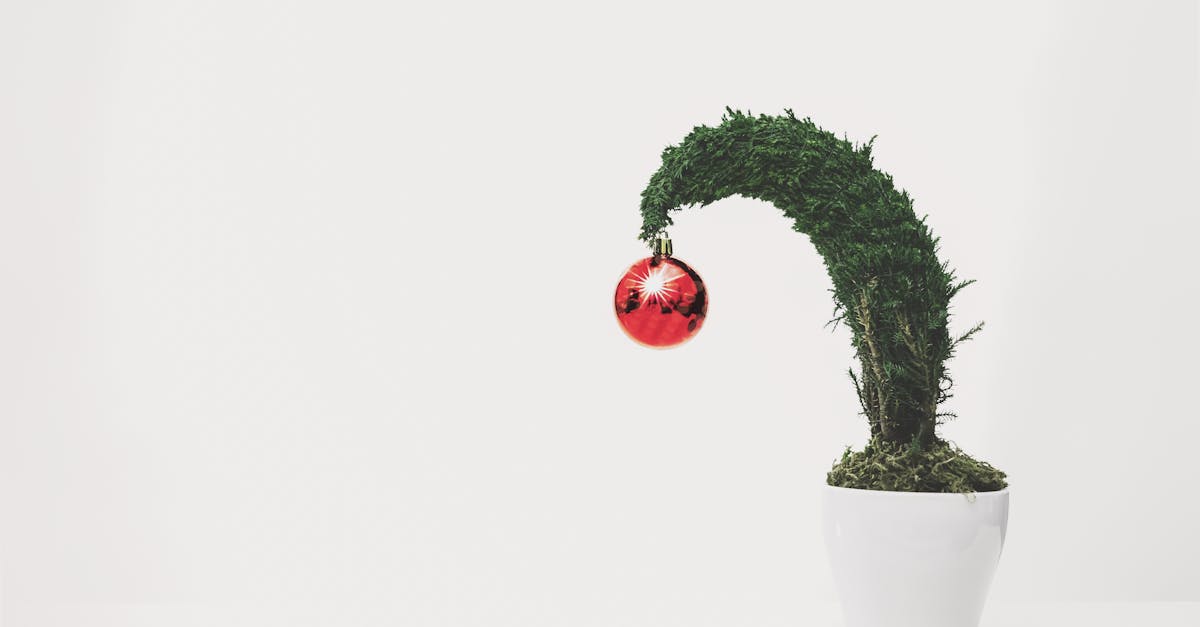
Care and Cultivation of the Money Tree Bonsai: Master the essential care practices for maintaining a healthy and thriving Money Tree Bonsai
Providing proper care and cultivation is essential for maintaining a healthy and thriving Money Tree Bonsai. Here are some key practices to follow:
Light Requirements and Placement: Money Tree Bonsais prefer bright, indirect light. Avoid placing them in direct sunlight, as this can scorch the leaves. An east- or west-facing window is an ideal location. If natural light is limited, you can supplement with artificial grow lights.
Watering and Fertilizing: Water your Money Tree Bonsai when the top inch of soil feels dry to the touch. Avoid overwatering, as this can lead to root rot. Fertilize your bonsai monthly during the growing season (spring and summer) with a balanced liquid fertilizer diluted to half strength. Reduce watering and fertilizing during the winter months.
Soil and Repotting: Money Tree Bonsais prefer well-draining soil that is slightly acidic. A mixture of akadama, pumice, and organic matter is ideal. Repot your bonsai every 2-3 years, or when the roots become pot-bound. Use a pot with drainage holes to prevent waterlogging.
Light Requirements and Placement
Light Requirements and Placement: Determine the optimal lighting conditions for your Money Tree Bonsai and its placement within your home or garden
Money Tree Bonsais prefer bright, indirect light. They can tolerate low light conditions, but their growth may be stunted. Avoid placing your bonsai in direct sunlight, as this can scorch the leaves and damage the plant.
An east- or west-facing window is an ideal location for your Money Tree Bonsai. If you don’t have a window with bright, indirect light, you can supplement with artificial grow lights. Place the grow lights about 6-12 inches above the bonsai and keep them on for 12-14 hours per day.
If you live in a climate with warm, humid summers, you can place your Money Tree Bonsai outdoors during the summer months. Choose a location that receives morning sun and afternoon shade. Be sure to protect your bonsai from strong winds and heavy rain.
Watering and Fertilizing
Watering and Fertilizing: Establish a regular watering schedule and choose the appropriate fertilizer to ensure balanced growth and vitality
Watering your Money Tree Bonsai properly is essential for its health and vitality. Water your bonsai when the top inch of soil feels dry to the touch. Avoid overwatering, as this can lead to root rot. The frequency of watering will vary depending on the climate, the size of the bonsai, and the type of soil you are using. As a general rule, you should water your bonsai more frequently during the hot summer months and less frequently during the cooler winter months.
In addition to watering, fertilizing your Money Tree Bonsai is also important for its growth and development. Fertilize your bonsai monthly during the growing season (spring and summer) with a balanced liquid fertilizer diluted to half strength. Avoid over-fertilizing, as this can damage the roots. During the winter months, you can reduce fertilizing to once every two months.
When choosing a fertilizer for your Money Tree Bonsai, look for one that is specifically designed for bonsai trees. Bonsai fertilizers contain the right balance of nutrients to promote healthy growth and development without burning the roots.
Soil and Repotting
Soil and Repotting: Learn about the ideal soil composition for Money Tree Bonsais and when and how to repot them for continued health
The type of soil you use for your Money Tree Bonsai is important for its health and growth. The ideal soil composition for Money Tree Bonsais is well-draining and slightly acidic. A mixture of akadama, pumice, and organic matter is a good choice. Akadama is a type of Japanese clay that is porous and well-draining. Pumice is a volcanic rock that is also porous and well-draining. Organic matter, such as peat moss or compost, helps to retain moisture and nutrients.
You should repot your Money Tree Bonsai every 2-3 years, or when the roots become pot-bound. Repotting is the process of moving your bonsai to a larger pot with fresh soil. Repotting allows you to check the roots for any problems, such as root rot, and to prune any dead or overgrown roots.
To repot your Money Tree Bonsai, carefully remove it from its current pot. Gently loosen the roots and remove any old soil. Place your bonsai in the new pot and fill it with fresh soil. Tamp down the soil around the roots to remove any air pockets. Water your bonsai thoroughly after repotting.
3. Styling Techniques for the Money Tree Bonsai
Styling Techniques for the Money Tree Bonsai: Explore the various styling techniques used to create aesthetically pleasing and artistic Money Tree Bonsais
Once you have mastered the basic care and cultivation techniques for your Money Tree Bonsai, you can begin to explore different styling techniques to create a unique and beautiful work of art.
Pruning and Shaping: Pruning is an essential technique for shaping and controlling the growth of your Money Tree Bonsai. You can use pruning shears to remove unwanted branches, trim back overgrown枝叶, and create desired shapes. There are many different pruning techniques that you can use, depending on the style of bonsai you are trying to create.
Wiring and Training: Wiring is a technique used to bend and shape the branches of your Money Tree Bonsai. You can use wire to create curves, spirals, and other shapes. Wiring should be done carefully to avoid damaging the branches. As the branches grow, you can adjust the wire to continue shaping them.
Pruning and Shaping
Pruning and Shaping: Master the art of pruning and shaping your Money Tree Bonsai to achieve desired forms and silhouettes
Pruning is an essential technique for shaping and controlling the growth of your Money Tree Bonsai. By selectively removing branches and trimming back excess 枝叶, you can create a variety of different shapes and silhouettes. Pruning also encourages new growth, which can help to thicken the trunk and create a more balanced and aesthetically pleasing bonsai.
When pruning your Money Tree Bonsai, it is important to use sharp, clean tools to avoid damaging the branches. You should also make cuts at a 45-degree angle to promote healing. There are many different pruning techniques that you can use, depending on the style of bonsai you are trying to create. Some common pruning techniques include:
- Clip-and-grow: This technique involves pinching back the tips of new shoots to encourage branching. Clip-and-grow is a good way to create a dense, compact bonsai.
- Thinning: This technique involves removing entire branches or 叶片 to open up the bonsai and improve air circulation. Thinning can also be used to reduce the size of the bonsai or to create a more natural look.
- Structural pruning: This technique involves removing larger branches to create the basic structure of the bonsai. Structural pruning should be done carefully to avoid damaging the tree.
Wiring and Training
Wiring and Training: Discover the techniques of wiring and training to guide the growth and shape of branches and trunks
Wiring is a technique used to bend and shape the branches of your Money Tree Bonsai. It is a more advanced technique than pruning, but it can be used to create more complex and elaborate shapes. Wiring should be done carefully to avoid damaging the branches. You should use soft, pliable wire that is designed for bonsai. The wire should be wrapped around the branch in a spiral pattern, and it should be tight enough to hold the branch in place but not so tight that it cuts into the bark.
As the branches grow, you can adjust the wire to continue shaping them. You can also use wire to create curves, spirals, and other shapes. Training is a technique used to guide the growth of your Money Tree Bonsai without using wire. Training can be done by pinching back the tips of new shoots, bending the branches, or using weights to pull the branches down. Training is a more gentle technique than wiring, but it can take longer to achieve the desired results.
Both wiring and training can be used to create beautiful and unique Money Tree Bonsais. With a little practice, you can master these techniques and create a bonsai that is a work of art.
Moss and Accent Planting
Moss and Accent Planting: Enhance the visual appeal of your Money Tree Bonsai by incorporating moss and accent plants
Moss and accent plants can add a touch of beauty and realism to your Money Tree Bonsai. Moss can be used to cover the soil surface, and accent plants can be used to add color and interest. When choosing moss for your bonsai, it is important to select a variety that is compatible with the climate in which you live. Some popular types of moss for bonsai include:
- Sphagnum moss: This type of moss is native to bogs and wetlands. It is a good choice for bonsai because it is moisture-retentive and can help to prevent the soil from drying out.
- Sheet moss: This type of moss is native to forests. It is a good choice for bonsai because it is flat and can be easily attached to the soil surface.
- Haircap moss: This type of moss is native to dry, rocky areas. It is a good choice for bonsai because it is drought-tolerant and can withstand full sun.
When choosing accent plants for your bonsai, it is important to select plants that are small and slow-growing. Some popular types of accent plants for bonsai include:
- Baby’s tears: This plant is a miniature version of the common ivy. It is a good choice for bonsai because it is easy to grow and can be trained to cascade over the edge of the pot.
- Miniature ferns: These plants are small, delicate ferns that are perfect for adding a touch of greenery to your bonsai. They prefer shady, moist conditions.
- Dwarf mondo grass: This plant is a small, evergreen grass that is native to Japan. It is a good choice for bonsai because it is low-maintenance and can tolerate a variety of conditions.
4. Troubleshooting Common Problems
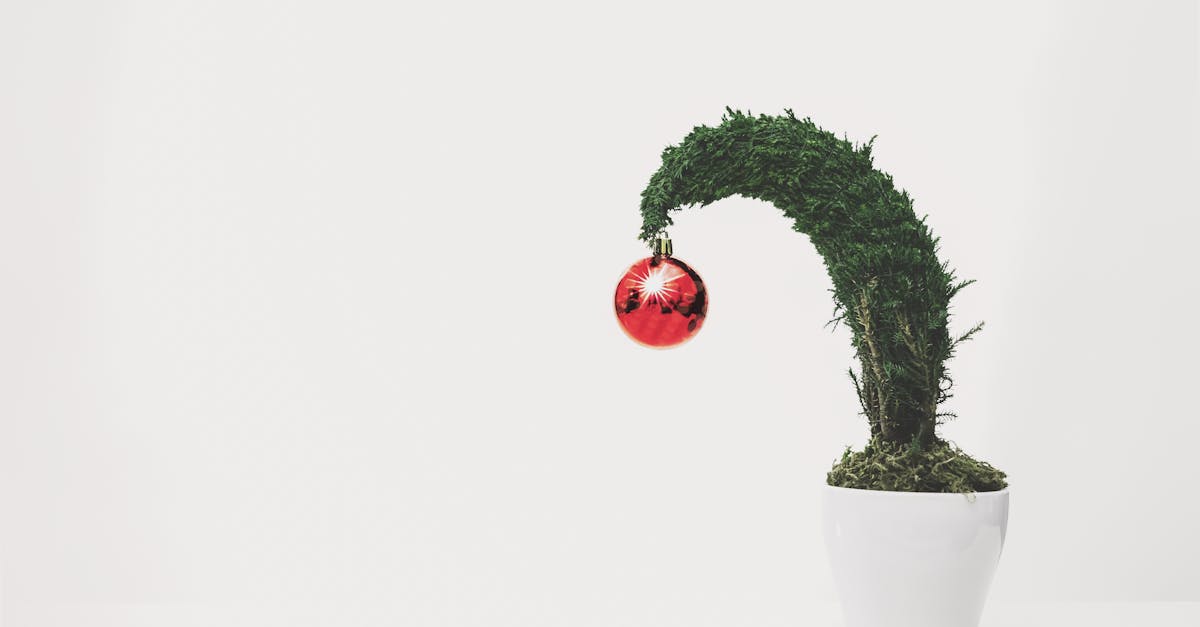
Troubleshooting Common Problems: Identify and resolve common issues that may arise during the care and styling of your Money Tree Bonsai
Like all plants, Money Tree Bonsais can be susceptible to a variety of problems. However, by following the proper care and styling techniques, you can minimize the risk of problems and keep your bonsai healthy and beautiful. Here are some of the most common problems that you may encounter, along with some tips on how to resolve them:
Yellowing Leaves and Leaf Drop: Yellowing leaves and leaf drop can be caused by a variety of factors, including overwatering, underwatering, lack of sunlight, or nutrient deficiency. To resolve this problem, check the soil moisture and make sure that your bonsai is getting enough sunlight. You may also need to fertilize your bonsai more frequently.
Pests and Diseases: Money Tree Bonsais can be susceptible to a variety of pests and diseases, including aphids, mealybugs, and spider mites. To control pests and diseases, you can use insecticidal soap or neem oil. You can also improve air circulation around your bonsai to help prevent pests and diseases from taking hold.
Addressing Root Issues: Root problems can be a serious issue for Money Tree Bonsais. Overwatering can lead to root rot, while underwatering can cause the roots to dry out and die. To prevent root problems, make sure that your bonsai is planted in a well-draining soil and that you are watering it properly.
Yellowing Leaves and Leaf Drop
Yellowing Leaves and Leaf Drop: Understand the causes and remedies for yellowing leaves and leaf drop, ensuring the health of your bonsai
Yellowing leaves and leaf drop are common problems that can affect Money Tree Bonsais. There are a variety of factors that can cause these problems, including overwatering, underwatering, lack of sunlight, or nutrient deficiency. Here are some tips on how to identify and resolve these problems:
Overwatering: Overwatering is one of the most common causes of yellowing leaves and leaf drop in Money Tree Bonsais. When a bonsai is overwatered, the roots can become waterlogged and unable to absorb oxygen. This can lead to root rot, which can eventually kill the bonsai. To avoid overwatering, make sure that your bonsai is planted in a well-draining soil and that you are only watering it when the soil is dry to the touch.
Underwatering: Underwatering can also cause yellowing leaves and leaf drop in Money Tree Bonsais. When a bonsai is underwatered, the leaves will wilt and turn brown. Eventually, the leaves will drop off the tree. To avoid underwatering, make sure that you are watering your bonsai regularly, especially during the hot summer months.
Lack of sunlight: Money Tree Bonsais need bright, indirect light to thrive. If a bonsai is not getting enough sunlight, the leaves will turn yellow and drop off the tree. To resolve this problem, move your bonsai to a location where it will receive more light.
Pest and Disease Management
Pest and Disease Management: Learn about common pests and diseases that can affect Money Tree Bonsais and effective control measures
Money Tree Bonsais can be susceptible to a variety of pests and diseases. Here are some of the most common pests and diseases that you may encounter, along with some tips on how to control them:
Pests: * Aphids: Aphids are small, soft-bodied insects that feed on the sap of plants. They can cause leaves to turn yellow and drop off the tree. To control aphids, you can use insecticidal soap or neem oil. * Mealybugs: Mealybugs are small, white insects that feed on the sap of plants. They can cause leaves to turn yellow and drop off the tree. To control mealybugs, you can use insecticidal soap or neem oil. * Spider mites: Spider mites are tiny, spider-like creatures that feed on the sap of plants. They can cause leaves to turn yellow and drop off the tree. To control spider mites, you can use insecticidal soap or neem oil.
Diseases: * Root rot: Root rot is a fungal disease that can affect Money Tree Bonsais. It can cause the roots to rot and die, which can eventually kill the tree. To prevent root rot, make sure that your bonsai is planted in a well-draining soil and that you are not overwatering it. * Leaf spot: Leaf spot is a fungal disease that can cause brown or black spots to appear on the leaves of your Money Tree Bonsai. To control leaf spot, you can use a fungicide.
Addressing Root Issues
Addressing Root Issues: Troubleshoot and resolve root-related problems such as root rot and root binding
Root problems can be a serious issue for Money Tree Bonsais. Here are some tips on how to troubleshoot and resolve common root-related problems:
Root rot: Root rot is a fungal disease that can affect Money Tree Bonsais. It can cause the roots to rot and die, which can eventually kill the tree. To prevent root rot, make sure that your bonsai is planted in a well-draining soil and that you are not overwatering it. If you think that your bonsai may have root rot, you can carefully remove it from its pot and inspect the roots. If the roots are brown or black and mushy, then your bonsai has root rot. You can try to save your bonsai by removing the diseased roots and repotting it in fresh soil.
Root binding: Root binding occurs when the roots of a bonsai become pot-bound. This can restrict the growth of the roots and can eventually kill the tree. To prevent root binding, you should repot your bonsai every 2-3 years. When you repot your bonsai, you should carefully remove it from its pot and loosen the roots. You can then repot your bonsai in a larger pot with fresh soil.
5. Additional Resources and Inspiration
Additional Resources and Inspiration: Discover further resources and sources of inspiration to enhance your knowledge and appreciation of Money Tree Bonsais
In addition to the information provided in this article, there are a number of other resources that you can use to learn more about Money Tree Bonsais. Here are a few suggestions:
Online Forums and Communities: There are a number of online forums and communities where you can connect with other Money Tree Bonsai enthusiasts. These forums and communities are a great place to ask questions, share experiences, and learn from others.
Books and Publications: There are a number of books and publications that can provide you with in-depth information about the care and styling of Money Tree Bonsais. These books and publications can be found at your local library or bookstore.
Bonsai Exhibitions and Workshops: Attending bonsai exhibitions and workshops is a great way to learn more about Money Tree Bonsais and to see examples of beautiful and well-styled bonsai trees. Bonsai exhibitions and workshops are often held at botanical gardens and other public venues.
Online Forums and Communities
Online Forums and Communities: Connect with other enthusiasts, share experiences, and seek advice in online forums and communities dedicated to Money Tree Bonsais
Online forums and communities are a great way to connect with other Money Tree Bonsai enthusiasts. These forums and communities are a great place to ask questions, share experiences, and learn from others. There are a number of different online forums and communities dedicated to Money Tree Bonsais. Here are a few of the most popular:
- Bonsai Empire: Bonsai Empire is a popular online forum dedicated to all aspects of bonsai. There is a dedicated section of the forum for Money Tree Bonsais, where you can ask questions, share experiences, and learn from others.
- Bonsai Nut: Bonsai Nut is another popular online forum dedicated to bonsai. There is a dedicated section of the forum for Money Tree Bonsais, where you can ask questions, share experiences, and learn from others.
- Reddit: Reddit is a popular social media platform where you can find subreddits dedicated to all sorts of topics, including Money Tree Bonsais. The subreddit r/MoneyTreeBonsai is a great place to connect with other Money Tree Bonsai enthusiasts, share experiences, and learn from others.
Books and Publications
Books and Publications: Explore recommended books and publications that provide in-depth information and guidance on the care and styling of Money Tree Bonsais
There are a number of books and publications that can provide you with in-depth information about the care and styling of Money Tree Bonsais. Here are a few of the most recommended books and publications:
- The Complete Book of Money Tree Bonsai: A Step-by-Step Guide to Growing, Styling, and Caring for Your Money Tree Bonsai by Peter Chan: This book is a comprehensive guide to the care and styling of Money Tree Bonsais. It covers everything from choosing the right tree and pot to pruning and wiring. This book is a great resource for both beginners and experienced bonsai enthusiasts.
- Money Tree Bonsai: The Essential Guide to Care and Cultivation by Kathy Shaner: This book is a great introduction to the care and cultivation of Money Tree Bonsais. It covers all the basics, from watering and fertilizing to pruning and repotting. This book is a great choice for beginners who want to learn more about Money Tree Bonsais.
- Bonsai: The Art of Growing and Caring for Miniature Trees by Peter Adams: This book is a comprehensive guide to the art of bonsai. It covers all aspects of bonsai, including choosing the right tree, potting, watering, fertilizing, pruning, and wiring. This book is a great resource for both beginners and experienced bonsai enthusiasts.
Bonsai Exhibitions and Workshops
Bonsai Exhibitions and Workshops: Attend bonsai exhibitions and workshops to witness exceptional Money Tree Bonsais and learn from experienced professionals
Attending bonsai exhibitions and workshops is a great way to learn more about Money Tree Bonsais and to see examples of beautiful and well-styled bonsai trees. Bonsai exhibitions are held all over the world, and they feature bonsai trees of all different styles and sizes. Bonsai workshops are also held all over the world, and they provide participants with the opportunity to learn from experienced bonsai professionals.
A great way to find out what events are scheduled in your area is to check with your local bonsai club or society. You can check the American Bonsai Society website (www.bonsai-bci.com) for a list of bonsai clubs and societies in the United States. You can check the European Bonsai Association website (www.europeanbonsai.org) for a list of bonsai clubs and societies in Europe.
Attending bonsai exhibitions and workshops is a great way to learn more about Money Tree Bonsais and to see examples of beautiful and well-styled bonsai trees. It is also a great way to meet other bonsai enthusiasts and to learn from experienced bonsai professionals.
What is the best way to water a Money Tree Bonsai?
The best way to water a Money Tree Bonsai is to water it when the top inch of soil feels dry to the touch. Avoid overwatering, as this can lead to root rot.
How often should I fertilize my Money Tree Bonsai?
Fertilize your Money Tree Bonsai monthly during the growing season (spring and summer) with a balanced liquid fertilizer diluted to half strength.
How do I repot my Money Tree Bonsai?
Repot your Money Tree Bonsai every 2-3 years, or when the roots become pot-bound. To repot, carefully remove your bonsai from its current pot and gently loosen the roots. Place your bonsai in a new pot with fresh soil and tamp down the soil around the roots to remove any air pockets.
How do I prune my Money Tree Bonsai?
Prune your Money Tree Bonsai to shape and control its growth. You can use pruning shears to remove unwanted branches, trim back overgrown 枝叶, and create desired shapes.
How do I wire my Money Tree Bonsai?
Wiring is a technique used to bend and shape the branches of your Money Tree Bonsai. You can use wire to create curves, spirals, and other shapes.

